News WOSCU
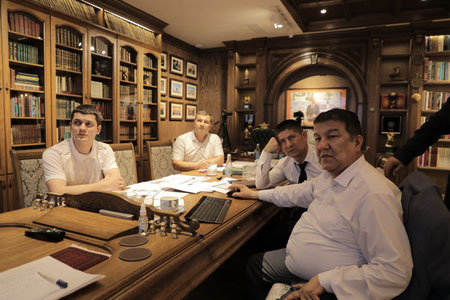
Exhibits related to Uzbekistan in foreign museums will be returned
Read more...
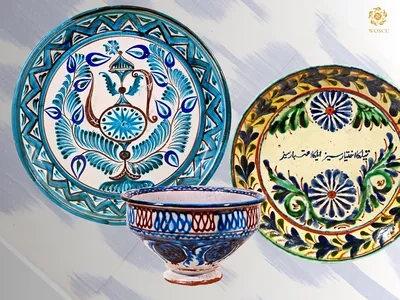
The Panjakent Murals: A Glimpse into the Colorful Life of an Ancient City
Read more...

Suzani from Bukhara: The Delicacy of Uzbek Embroidery
Read more...

The Orlat Belt: A Treasure of the Military Elite of Ancient Sogdiana
Read more...
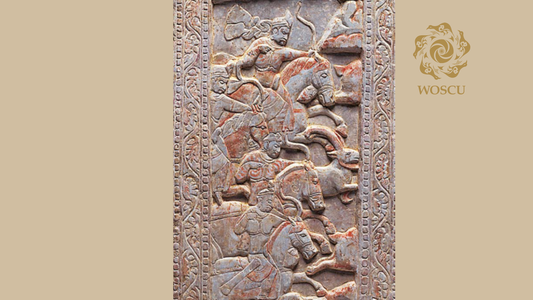
Sogdiana: The Heart of the Great Silk Road
Read more...
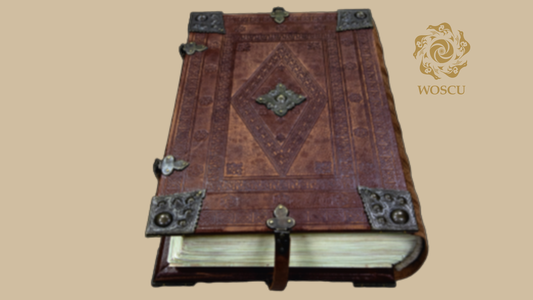
Abu Ali ibn Sina in Bologna: A Rare Manuscript of the "Canon of Medicine"
Read more...
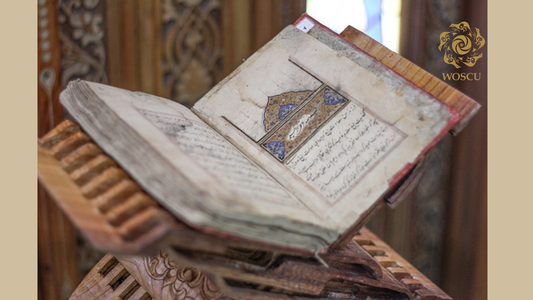
A "smart map" of the Timurid Empire will be created.
Read more...

Timurid Tiles: The Splendor of Architecture in the West
Read more...

Amir Timur: the birth of the portrait ideal of a ruler in Central Asia
Read more...
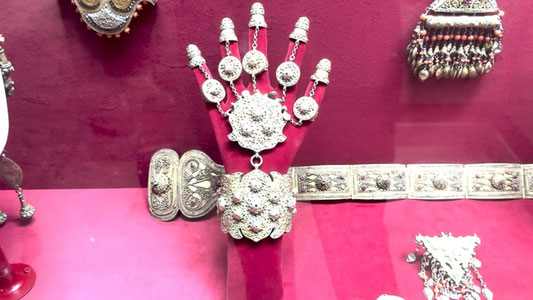
Jewelry belonging to the Emir of Bukhara is kept in a museum in Kuwait
Read more...
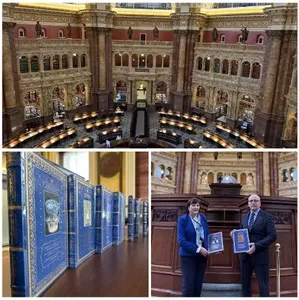
WOSCU donated 50 volumes of book-albums to the US Library
Read more...

The Scientific Society of Uzbekistan and Malaysia has been established
Read more...

Center of Islamic civilization – a symbol of science and culture
Read more...

The President visited the Center for Islamic civilization
Read more...

Uzundara Fortress in Surkhandarya Region to Become a Tourist Attraction
Read more...
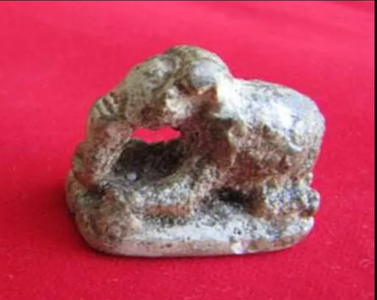
Is Uzbekistan the Homeland of Chess?
Read more...
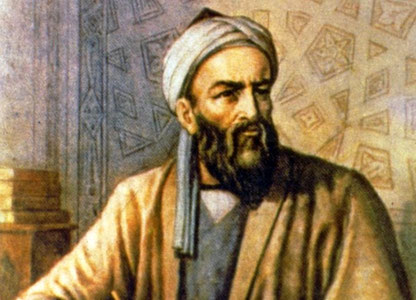
Scientific Laboratory of Abu Rayhan al-Biruni Discovered in Pakistan
Read more...
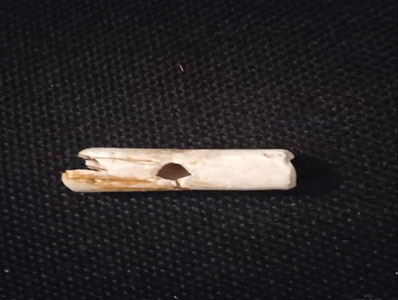
Where is the 3,300-year-old flute related to Uzbekistan's musical art?
Read more...

Two-Thousand-Year-Old Weapons Found in Bukhara
Read more...
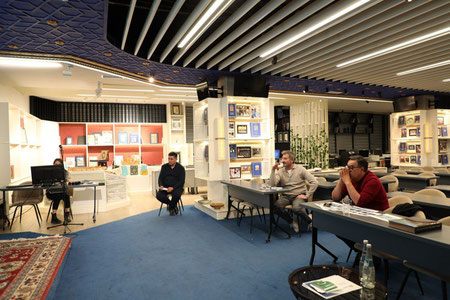
A meeting with foreign partners was held at the Center of Islamic Civilization.
Read more...

Is the famous tower on the island of Ibiza in Spain named after Ibn Sina?
Read more...
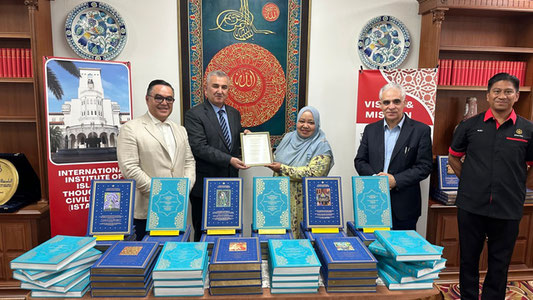
Copies of Ancient Manuscripts from Malaysia to be Delivered to Uzbekistan
Read more...
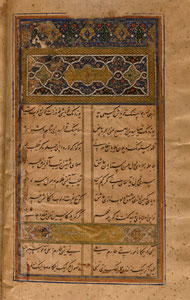
The manuscript of Alisher Navoi's divan is housed in the Metropolitan Museum in New York
Read more...
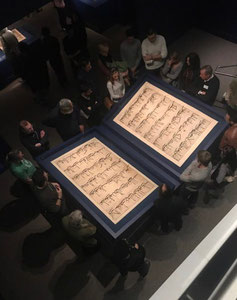
The Largest Handwritten Copy of the Quran from the Era of Amir Timur
Read more...
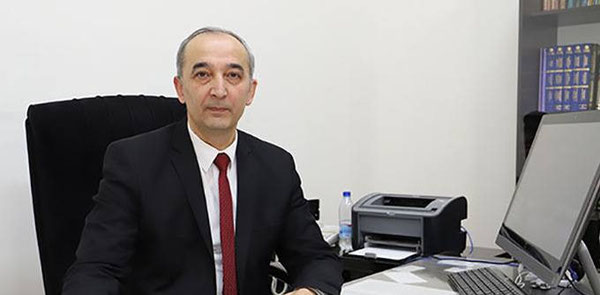
Bahrom Abduhalimov, Vice President of the Academy of Sciences of Uzbekistan, Director of the Abu Rayhan Beruni Institute of Oriental Studies, Professor: "Time demands promptness."
Read more...

Jannat Ismailova, Doctor of Historical Sciences, Professor: "In the new year, we will be even more active!"
Read more...
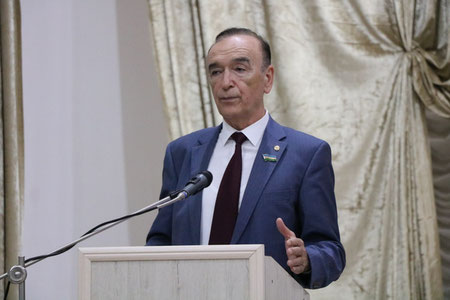
Mathematician Shavkat Ayupov has been elected President of the Academy of Sciences.
Read more...

It has been revealed that the "Yada" stone, belonging to Jalal ad-Din Manguberdi, is preserved in the British Museum
Read more...
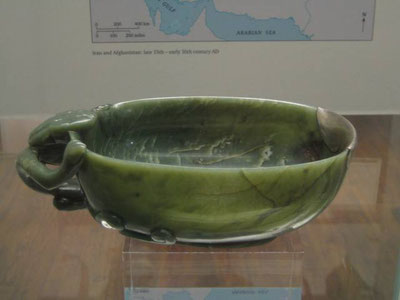
A rare bowl belonging to the great scholar and statesman Mirzo Ulugbek is preserved in the British Museum
Read more...

The Katta Langar Quran was gifted to Oxford
Read more...
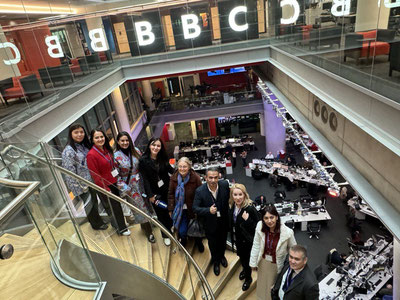
The Director of the Center for Islamic Civilization in Uzbekistan Met with Representatives of the BBC in London
Read more...
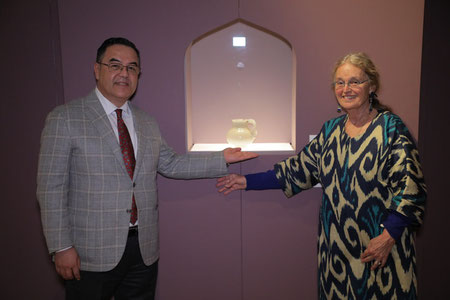
The Vessel Used by Ulugh Beg: A Discovery Connecting the Legacies of the Mongols and the Timurids
Read more...
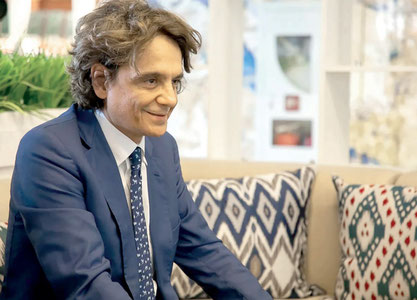
The work Baburnama has been translated into Italian language
Read more...
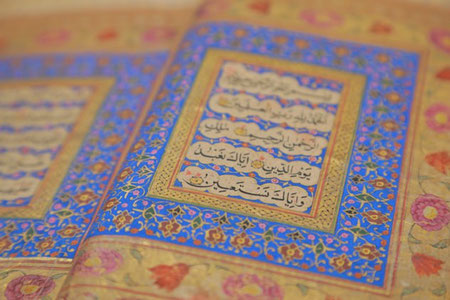
A state registry of ancient handwritten copies of the Quran stored in Uzbekistan’s collections will be established.
Read more...
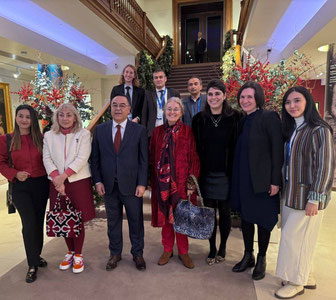
A unique manuscript of the work Khamsa has been discovered in London
Read more...
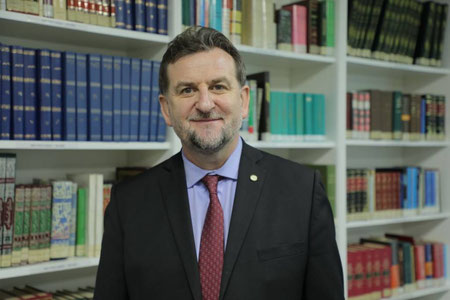
Sali Shakhsivari, Director of the Al-Furqan Foundation, United Kingdom
Read more...
